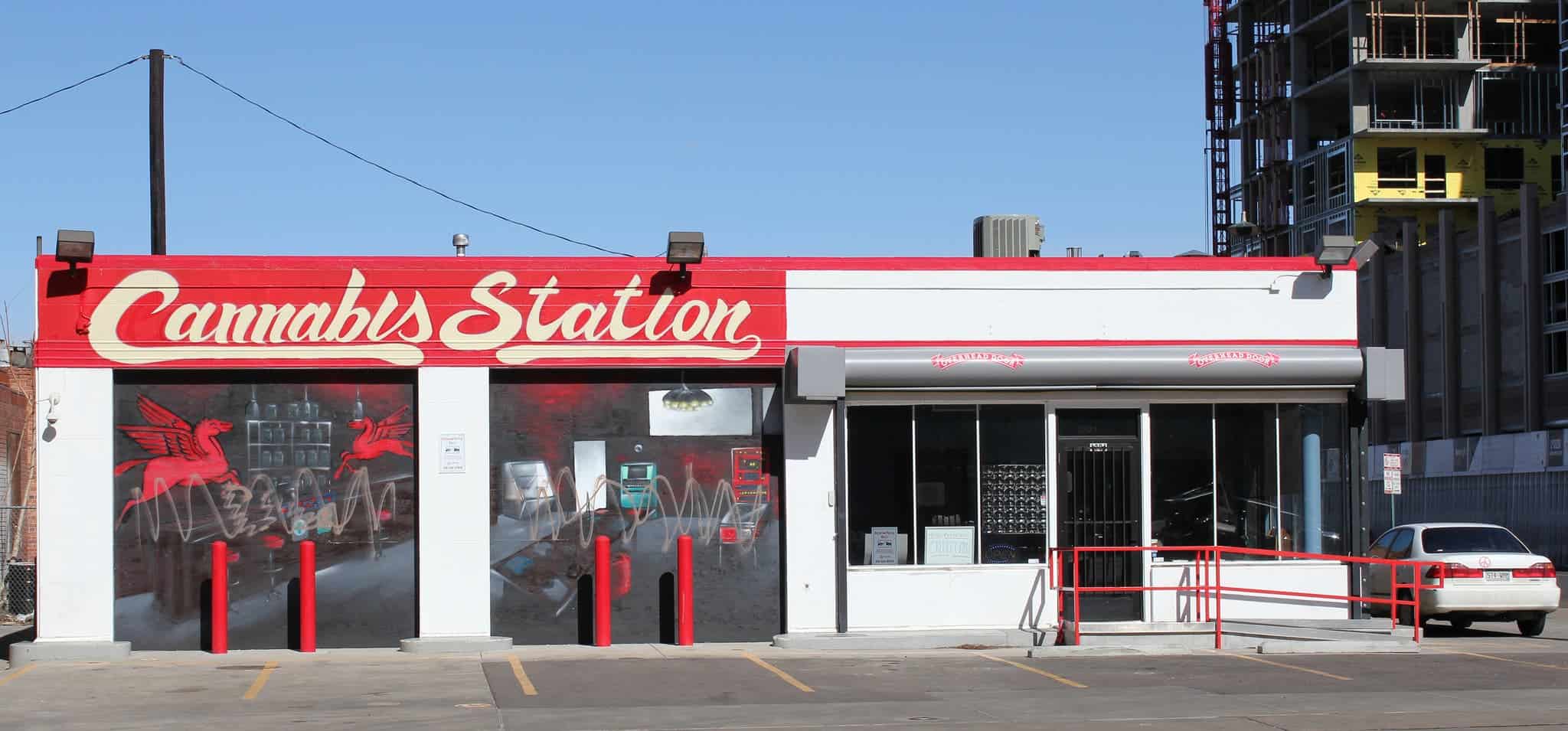Every day, 90 Americans die from opioid overdoses, according to existing research. Two new studies published in the journal JAMA Internal Medicine now show that in states where marijuana is legal, opioid prescriptions decreased significantly.

Researchers have analyzed prescription data from Medicare Part D and Medicaid from the past five years and discovered that opioid prescriptions and the average daily dose of opioids patients took were significantly lower in areas where marijuana is legal.
“In this time when we are so concerned — rightly so — about opiate misuse and abuse and the mortality that’s occurring, we need to be clear-eyed and use evidence to drive our policies,” said W. David Bradford, an economist at the University of Georgia and an author of one of the studies.
“If you’re interested in giving people options for pain management that don’t bring the particular risks that opiates do, states should contemplate turning on dispensary-based cannabis policies.”
Previous research suggests the same. A 2014 paper discovered that in states where cannabis use is legal for medical purposes, nearly 25 percent fewer deaths from opioid overdoses occurred.
One of the studies revealed that Medicare patients filled 14% fewer opioid prescriptions after medical cannabis use became legal. The other study, which monitored Medicaid opioid prescriptions, found that participants filled nearly 40 fewer opioid prescriptions per 1,000 people (4%) each year after their state passed laws that made cannabis accessible — states that legalized both medical and recreational marijuana showed greater falls in opioid prescriptions.
With the arrival of fentanyl on the black market, doctors fear we’ll see even more cases opioid overdose. This powerful opioid is up to 100 times more potent than morphine. Due to its powerful effect, fentanyl doses are very small, which is actually a problem. Overdoses usually occur when miscalculating the amount of drug administered, and it’s easier to go wrong with smaller doses. When fentanyl became a go-to drug for dealers, opioid deaths immediately spiked due to its high potency at low doses. Basically, people did not know that surpassing the dosage with only a few micrograms might be fatal.
So, the findings seem positive from a public health point of view. Marijuana is generally perceived as ‘safe’, and according to The National Center for Biotechnology Information, there is insufficient evidence to support or refute a statistical association between cannabis use and death due to cannabis overdose — in other words, there’s not enough data to say that cannabis use can or cannot be fatal, which, relative to fentanyl, makes it super-duper safe.
One recent paper even suggested that opioids didn’t provide any more relief for chronic arthritis pain than over-the-counter painkillers.
The studies also discovered differences in decline in opioid prescription between the states that legalized medical marijuana: states with dispensaries open for business saw the greatest decrease in opioid prescriptions, while states without active dispensaries saw a far less dramatic decline — about 14% and 7%, respectively
Bradford said that this made sense. The difference between picking up ready-to-use marijuana and growing your own plant with little support from the authorities is huge.
One impediment in substituting opioids with marijuana is that neither Medicaid nor Medicare will reimburse people for the money they spend on marijuana.
“I did a back-of-the-envelope calculation that suggested that a daily pain management dose of hydrocodone would be about $10 out of pocket in the U.S,” Bradford said, although Medicare Part D plans cover much of that.
Last year, a daily dose of marijuana cost around $6 — and that sum should be smaller by now, Bradford said. “It’s becoming relatively comparable in cost.”
“I know policymakers are often skeptical of cannabis. But we need to be terrified of things like fentanyl, and we need to be willing to use evidence-based approaches to help address that,” Bradford added. “Cannabis looks like it could be one,” he concluded.


